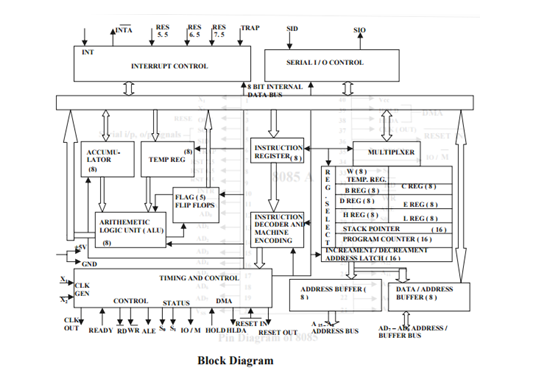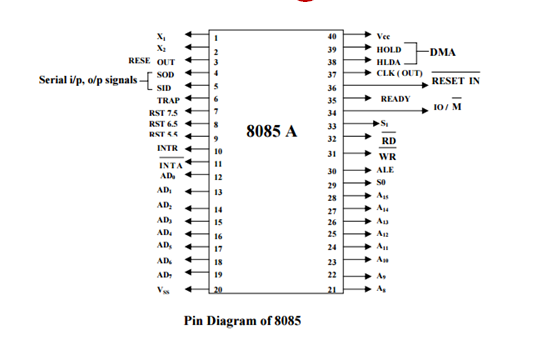Addressing Modes of 8085
Addressing Modes of 8085
• The method by which
the address of source of data or the address of destination of result is given
in the instruction is called Addressing Modes.
•The term addressing mode refers to the way in which the operand of the instruction is specified in the instruction.
Types of Addressing Modes 8085 Microprocessors
•Intel 8085 uses the following addressing modes:•Direct Addressing mode•Register Addressing Mode•Register Indirect Addressing Mode•Immediate Addressing Mode•Implicit Addressing Mode
Direct Addressing Mode
•In this mode, the address of the operand is given in the
instruction itself.
•Example: LDA 2500H
•This instruction loads the contents of memory location
2500H in accumulator.
•LDA is the operation.
•2500H is the address of the source.
•Accumulator is the destination.
Register Addressing Mode
•In this mode, the operand is in general purpose register.
•Example: MOV A,B
•This instruction moves the contents of register B to A.
•MOV is the operation.
•B is the source of data.
•A is the destination.
Register Indirect Addressing Mode
•In this mode, the address of operand is specified by a
register pair.
•Example: MOV A,M
•This instruction moves data from memory location
specified by H-L pair to accumulator.
•MOV is the operation.
•M is the memory location specified by H-L pair.
•A is the destination.
Immediate Addressing Mode
•In this mode, the operand is specified within the
instruction itself.
•Example: MVI A, 05H
•This instruction moves the data 05H in the accumulator.
•MVI is the operation.
•05H is the immediate data (source).
•A is the destination.
Implicit Addressing Mode
•If address of source
of data as well as address of destination of result is fixed, then there is no
need to give any operand along with the instruction.
•Example: CMA
•Complement the
accumulator.
•CMA is the operation.
•A is the source.
•A is the destination.


Comments
Post a Comment